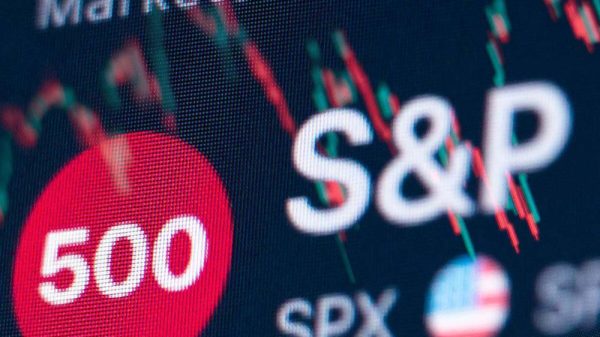The consumer price index (CPI) for July 2025 showed an annual increase of 2.7%, slightly below the anticipated 2.8%, according to data released by the Bureau of Labor Statistics (BLS) on Tuesday. On a monthly basis, the CPI grew by a seasonally adjusted 0.2%, aligning with Dow Jones estimates.
Excluding the more volatile categories of food and energy, the core CPI rose 0.3% for the month and 3.1% year-over-year, in line with forecasts for the monthly figure but slightly exceeding the expected 3% annual increase. Federal Reserve officials consider core inflation a more reliable indicator of longer-term trends. Notably, the monthly core rate marked its biggest jump since January, while the annual rate reached its highest level since February.
Key Drivers of Inflation
Shelter costs, which account for a significant portion of the CPI, increased by 0.2% in July and were a major factor in the overall price gains. Food prices remained flat, while energy prices dipped 1.1%, partially offsetting other cost increases.
Tariffs, a contentious issue under President Donald Trump’s administration, showed mixed impacts across sectors. New vehicle prices, which are typically tariff-sensitive, remained unchanged, while used car and truck prices rose by 0.5%. Household furnishings and supplies saw a 0.7% increase, although this was a slowdown from June’s 1% rise. Interestingly, apparel prices edged up by just 0.1%, and canned fruits and vegetables—another tariff-sensitive category—saw no change.
Market Reaction and Federal Reserve Implications
Following the report, stock market futures gained ground, and Treasury yields dropped, as traders recalibrated their expectations for Federal Reserve policy. The data bolstered speculation that the Fed may cut interest rates in September, with traders increasingly betting on an additional reduction in October.
Fed officials have been closely monitoring inflation trends as they navigate a challenging economic landscape. While inflation is inching upward, it remains manageable, allowing the central bank to focus on labor market weakness. “Inflation is on the rise, but it didn’t increase as much as some people feared,” said Ellen Zentner, chief economic strategist at Morgan Stanley Wealth Management.
Zentner added that the relatively mild inflation numbers could give the Fed room to prioritize addressing labor market concerns. However, the long-term outlook remains uncertain, with economists debating whether the current tariff policies will result in temporary price increases or contribute to sustained inflationary pressure.
Challenges Facing the Bureau of Labor Statistics
The report comes at a time when the BLS is under scrutiny. President Trump recently criticized the agency for alleged political bias and fired its previous commissioner following a weak July jobs report. On Monday, Trump announced E.J. Antoni, a critic of the BLS, as his nominee for the bureau’s new chief.
The BLS has also faced operational challenges, including budget cuts and staffing shortages that have hindered data collection in several cities. These limitations have forced the bureau to rely on imputed values for certain goods and services, raising questions about the accuracy and reliability of its reports.











